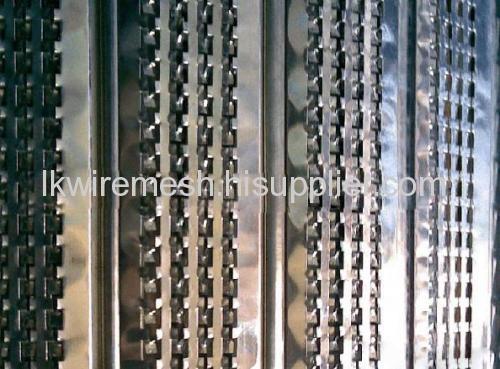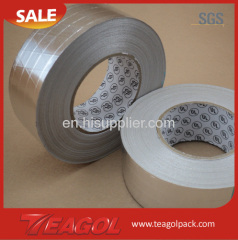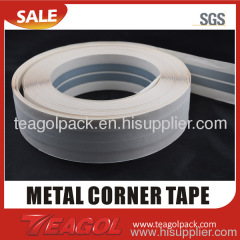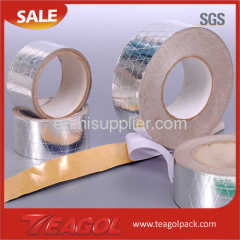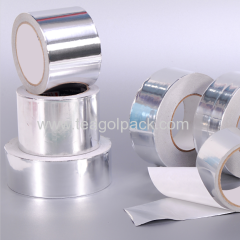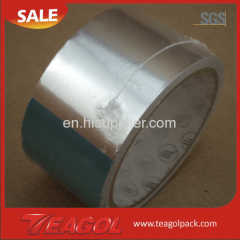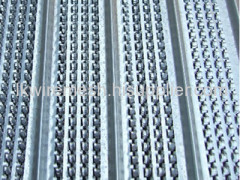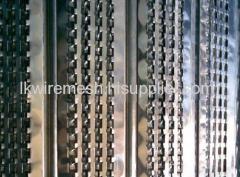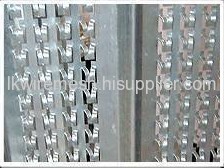
|
Anping Huihe Hardware And Wire Mesh CO., ltd.
|
Hot-Dipped Galvanized High Ribbed Formwork
| Price: | 0.5~1.5 USD |
| Payment Terms: | T/T |
| Place of Origin: | Hebei, China (Mainland) |
|
|
|
| Add to My Favorites | |
| HiSupplier Escrow |
Product Detail
Hot Dipped Galvanized High Ribbed Formwork, consisting of steel sheets formed into mesh and U pattern rib bone, will produce a surface with concrete .
Installation
Hot Dipped Galvanized High Ribbed Formwork can be used combined with traditional frame.
It is equivalent to 20mm plywood.
It can be installed with the ribs placed horizontally or vertically, but support members should always be at right angles to the ribs.
Ribs should be always face the side towards which concrete is poured in.
Mesh is suitable to be cut with heavy scissor or grinder on the site.
Adjacent sheets should jointed by overlapping the ribs by 150mm.
End sheets are overlapped by 150mm over the supports.
Fast-EZ High-Ribbed Formwork can be used with all conventional support systems. To eliminate stripping of support, suitably formed rebar can be sued instead of conventional timber studs. Fastening to supports can be by nailing to timber or by wire tying to steel and rebar.
Hot Dipped Galvanized High Ribbed Formwork can be used combined with traditional frame.
It is equivalent to 20mm plywood.
It can be installed with the ribs placed horizontally or vertically, but support members should always be at right angles to the ribs.
Ribs should be always face the side towards which concrete is poured in.
Mesh is suitable to be cut with heavy scissor or grinder on the site.
Adjacent sheets should jointed by overlapping the ribs by 150mm.
End sheets are overlapped by 150mm over the supports.
Fast-EZ High-Ribbed Formwork can be used with all conventional support systems. To eliminate stripping of support, suitably formed rebar can be sued instead of conventional timber studs. Fastening to supports can be by nailing to timber or by wire tying to steel and rebar.
Adjacent sheets of high-ribbed formwork are joined by overlapping the ribs and tying the outer ribs at 150mm intervals. The rim of sheets should be overstepped by 150mm over the support.Fast-EZ High-Ribbed Formwork can be installed with the ribs placed horizontally or vertically to meet different requirements. Support members should always be at right angles to the ribs to withstand the formwork.
On-Site Operation Fast-EZ High-Ribbed Formwork is suitable for use with most grades of concrete including concrete pumping and plastic concrete. The slump should be between 70mm and 100mm although slumps up to 125mm can be used. In this situation the use of concrete vibrators in proximity to the high-ribbed formwork has to be limited in order to minimize grout loss.
It is most suitable to pour the concrete much behind the formwork. In this way, it can not only decrease shock load and enable the concrete to be poured in the appropriate position but also produce high bonding quality.
The formwork will be embedded in the concrete. To obtain suitable wedge surface, the formwork surface should be corrugated. Allow concrete to exude from the mesh of the formwork until a corrugated surface is formed.
Application of vibrators can help speed up the flow of concrete up to the formwork. The vibrators should be at least 450mm away form the formwork, especially used for damped concrete. Excessive vibration should be avoided near the bonding of the concrete so as to ensure no voids and/or honeycomb occurring in the concrete. Meanwhile, it is also unallowable to let concrete flow down along the form surface.
The water gathered on the surface during vibration should be quickly removed away, because it is easy to flush the ripple when flowing down.
Generally, when it is hard to form the surface required, it is not because that the concrete is too wet but that it is too dry. So the possible reason is that you have not complied with the standard to mix the concrete. Due to continual product improvement, specifications are subject to change without prior notice.
Usage: This product has excellent engineering quality and construction security. It is widely used in tunnels bridges, valve basement systems, sewage systems, subways, retaining walls, nuclear power plants, shipyards, water pools and marine engineering works, high rise building projects and non-regular or bending pattern etc. as concrete permanent assembly-free formwork.etc.
Didn't find what you're looking for?
Post Buying Lead or contact
HiSupplier Customer Service Center
for help!
Related Search
High Ribbed Formwork
Hot Dipped Galvanized Wire
Hot Dipped Galvanized Steel
Hot Dipped Galvanized Pipe
Hot Dipped Galvanized Coil
Hot Dipped Galvanized Iron
More>>

